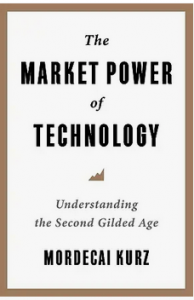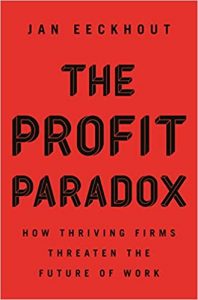For anybody interested in the history of telecommunications, Stephen Unger’s From Beacon Fires to Fibre Broadband will be a must-read. Steve is a former senior Ofcom Executive, with a career in telecoms before joining the regulator. (He has also been one of our Bennett Institute affiliates from the start.) The book is a combination of technological history – mentioning the beacon fires but really from the days of optical and then electric telegraphy through to fibre broadband – and policy history. The focus in the latter thread is the role of public versus private sector, and the balance between permitting or encouraging monopoly and encouraging competition.
The book covers four countries, the US, UK, France and Germany. Each produced some technical innovations but the real differences emerge in their respective policy choices. Not surprisingly, the French and German governments tend to be more statist, either for reasons of political control or focusing on national champions. But in all four countries the balance has shifted over time. One of the main conclusions indeed is that there is unlikely to be a single ideal model of shaping and regulating telecoms given how much both technology and context change.
There is an awful lot of interesting detail in the book but inevitably covering several countries and centuries it has a kind of meso-level focal length. This meant that the chapter I know most about, covering data networks, felt very abbreviated. My favourite chapter covers market liberalisation across all four economies from the late 20th century on, starting with the liberalisation of terminal equipment – that is, allowing people to buy telephones from suppliers other than the network operator, setting common standards so competing products can plug in. (Mickey Mouse phones were a thing at one point – there are plenty of ‘vintage’ 1980s models on Ebay.)
Of course, today it’s hard to imagine how the market power of the big tech companies determining the online world will be eroded, but Steve ends on a rather optimistic note: “Over the period of mode than 200 years described in this book, several compaines once thought to be unassailable have been wiped out by disruptive new technologies. The current generation of digital platforms may seem to be unassailable now but, taking the long view, that is unlikely to be the case. Their enormous success is due to them creating products that people want to buy, and if they cease to do so, I am confident that some currently unknown entrepreneur will work out how to take their place. That is the enduring magic of the technology business.”
Maybe – I think it depends on how lne that long view will turn out to be.




